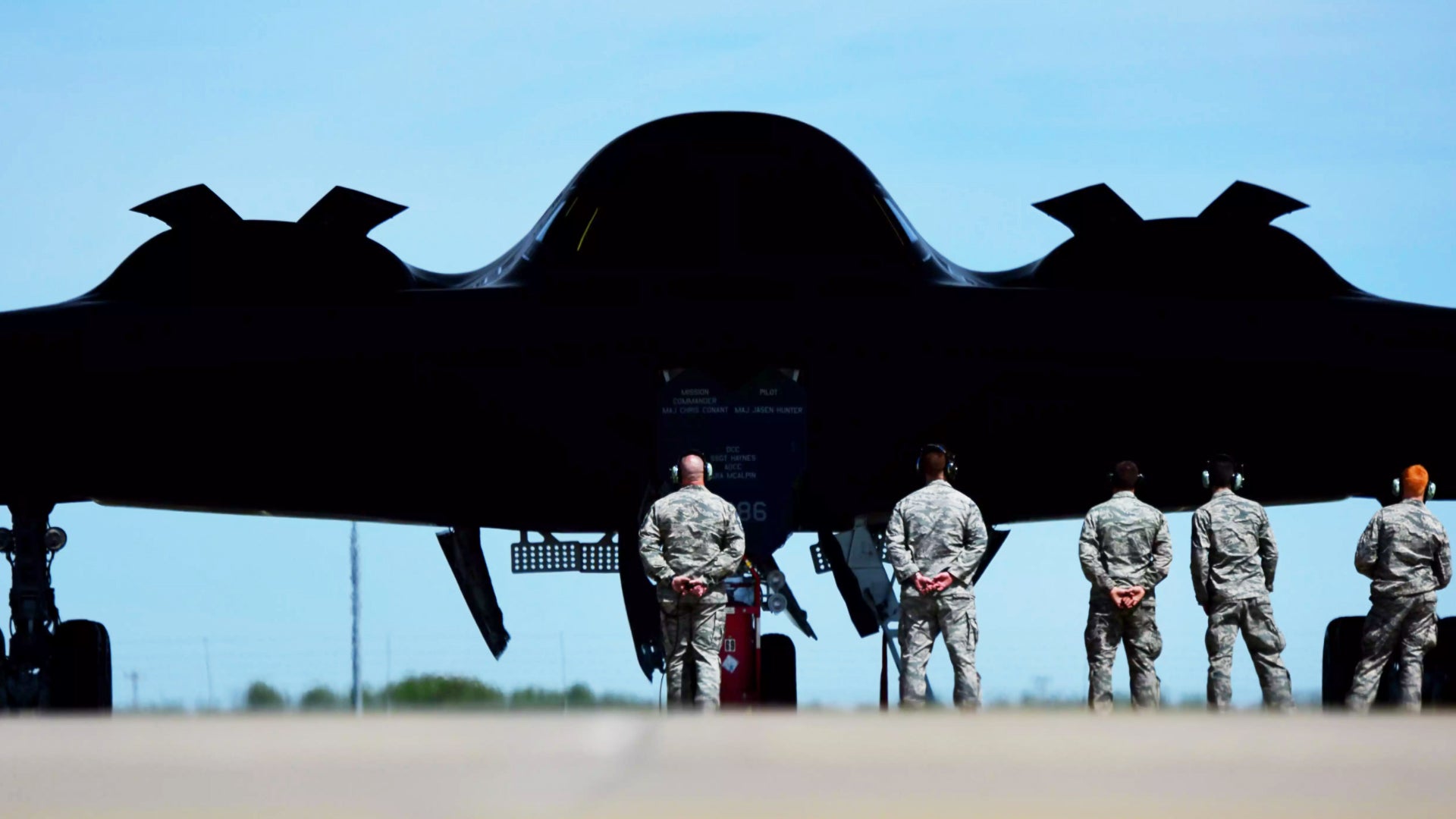There has been endless speculation over the past five years as to where America’s next stealth bomber would be tested and when. That conjecture was officially put to rest during a fairly obscure regional business conference attended by Brigadier General Carl Schaefer, the boss of the expansive 412th Test Wing at Edwards Air Force Base. During his remarks he made it clear that B-21’s testing home would be Edwards Air Force Base, and that the stealth bomber will be heading there sooner than some may have speculated.
In his address made on March 3rd, 2018 at the Antelope Valley Board of Trade and Business Outlook Conference, which was covered closely by the Antelope Valley Press, General Schaefer made the B-21’s future basing crystal clear once and for all:
“For the first time ever, I would like to publicly announce that the B-21 will be tested at Edwards Air Force Base… Edwards has been the home of bomber test and now we also can publicly release that the B-21 is coming to Edwards and we will be testing it here in the near future.”
Shaefer went on to say that team Edwards will ramp up its push to ready infrastructure and personnel needed to support the B-21 test initiative, both on the ground and in the air.
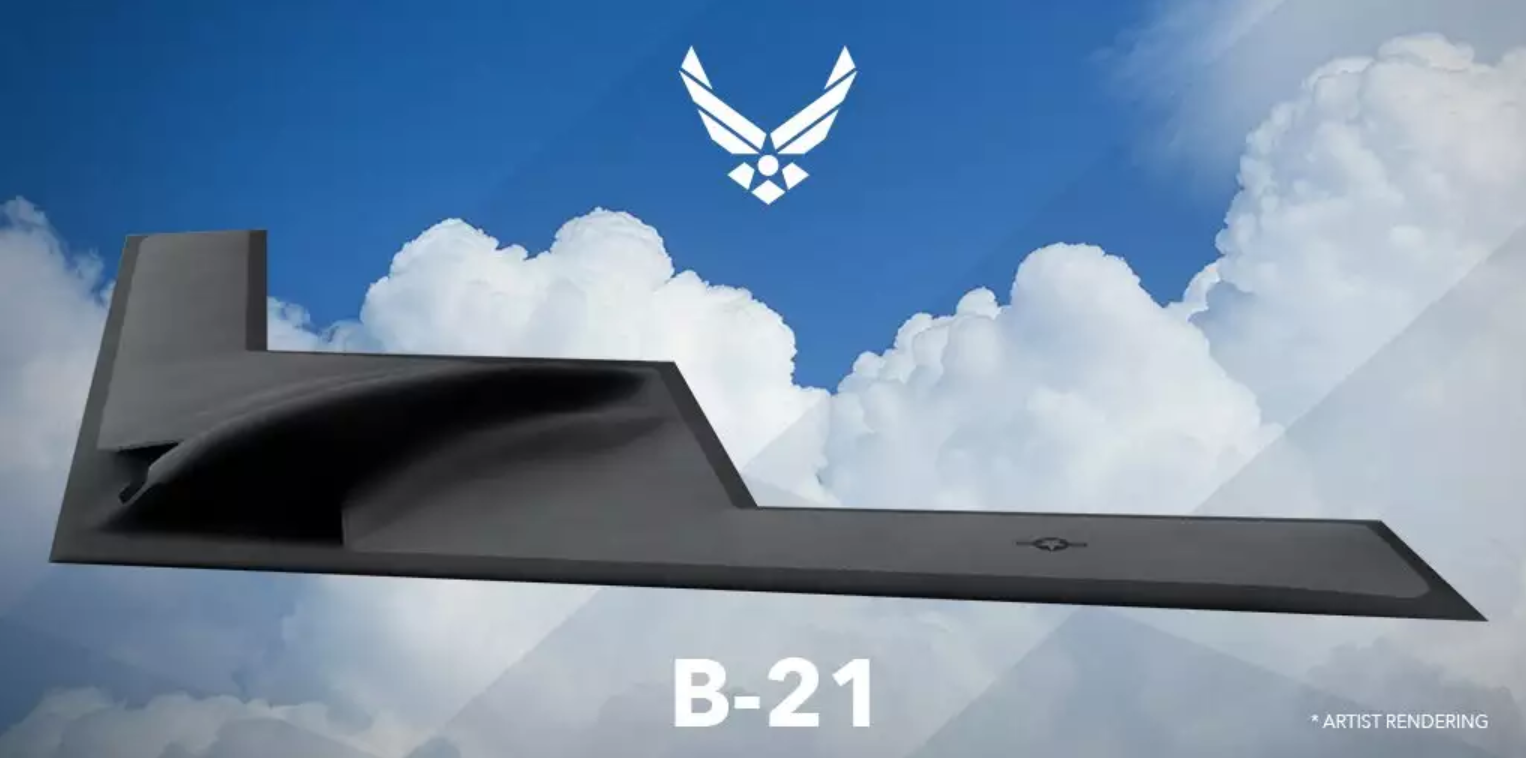
The last time I was at Edwards, roughly five years ago, it was clear that the South Base installation was undergoing a major transition. The USAF’s B-52 and B-1 bomber test units had relocated to the expansive primary apron and South Base had been vacated, aside from the B-2 test unit, so that it could be prepared for a shadowy new program.
Not long after my visit similar rumors began to permeate throughout military aviation community—something big was coming to South Base, and it was probably the yet to be named B-21 Raider, previously referred to as the Long-Range Strike Bomber, or LRS-B. It was possible that it could eventually be accompanied by a “family” of new systems that were supposedly in the works clandestinely to gain an upper hand on peer state competitors that had been closing the qualitative gap with the U.S. in recent years.
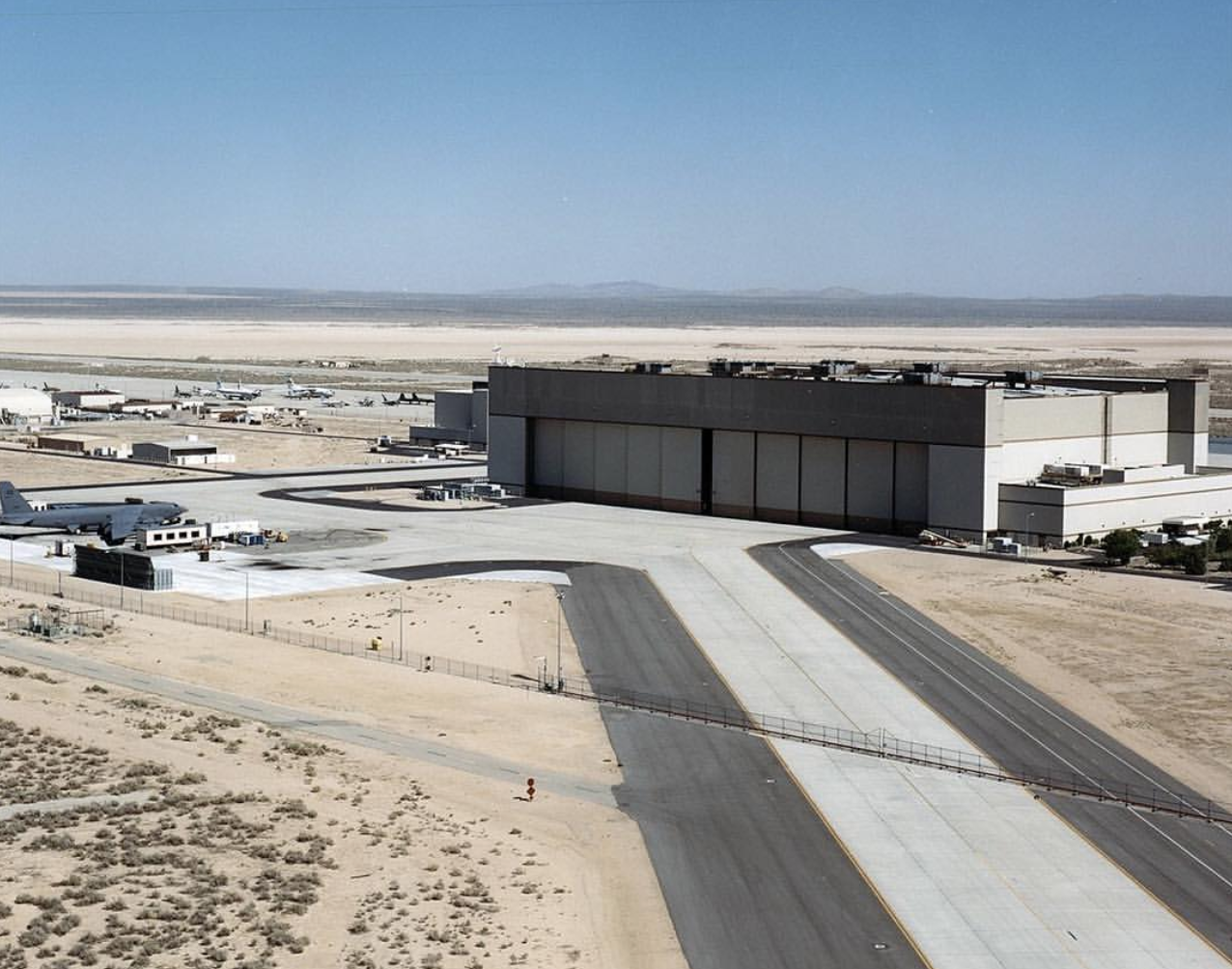
Fast forward half a decade and that bomber, now fully named but still highly classified, is moving toward a grand unveiling and the beginning of a formal flight test program. And there is no place on earth with more experience or the unique capabilities needed to support such an endeavor than Edwards AFB.
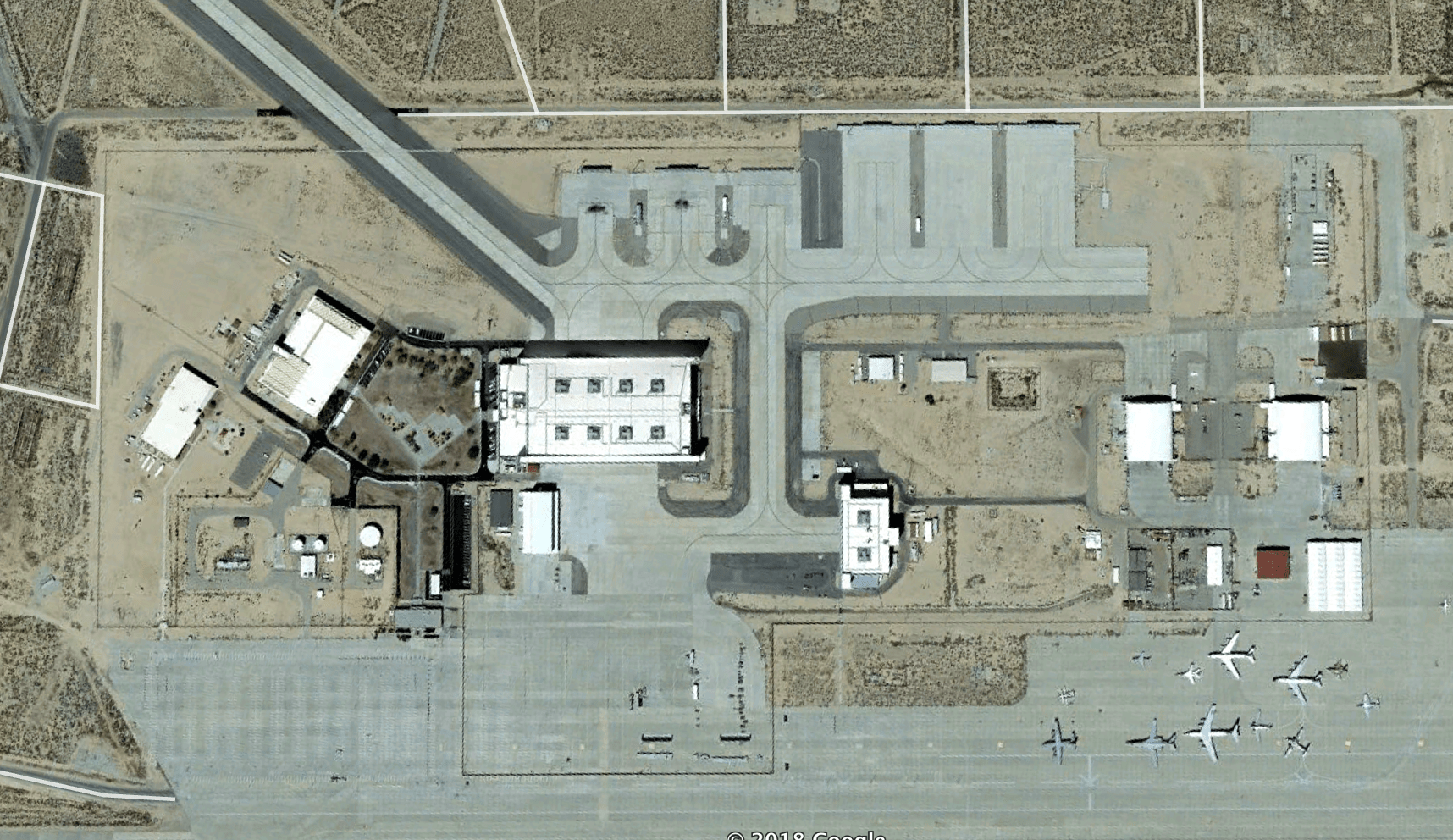
Still, some pundits have tried to align virtually anything going on at Area 51 with the new bomber, even though there is no indication that the highly secretive locale is its intended primary flight test destination. We have a good idea that past technology demonstrators and other assets associated with the bomber program’s genesis likely flew out of there, but for the B-21, “The Ranch” is only likely to be a temporary destination for some testing purposes, just as it was for the B-2 Spirit.
Such a testing effort will not be transient in nature, either. Beyond primary flight testing and eventually moving the new bomber into an operational test and evaluation phase, with a minimum requirement of 100 Raiders, and considering that the aircraft will be far more capable and flexible than a traditional bomber, and will feature entirely new weapons as well, testing is likely to continue at the base for decades following the jet’s initial entry into service.
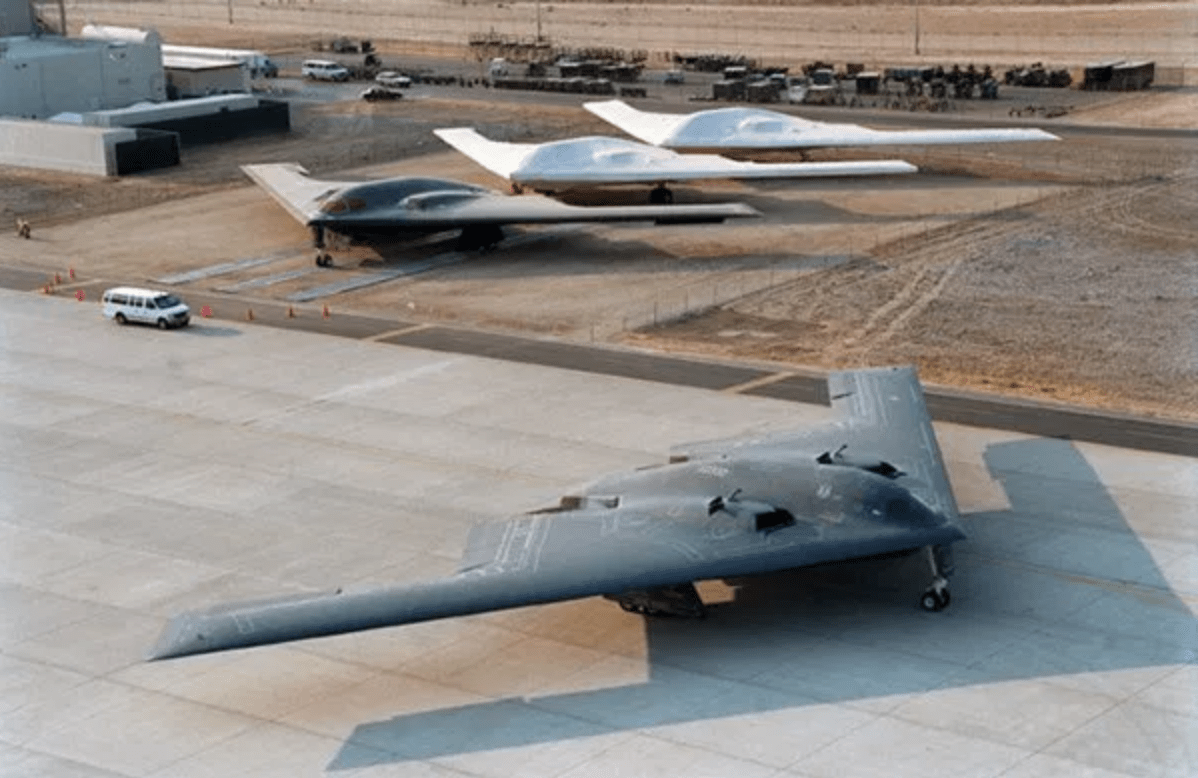
The B-21’s planned trials at Edwards Air Force Base is in addition to Northrop Grumman’s expansion of its facilities by a million square feet and its workforce by nearly 2,000 people at Plant 42 in Palmdale, California—located just 20 miles to the southwest of Edwards AFB. With the program likely to cost nearly $100B, and possibly much more if the USAF’s ends up buying additional units, the B-21 enterprise will be a massive boon for the local “flight test valley” economy.
But the big takeaway here is not just that the B-21 will indeed execute its test program out of Edwards AFB, but that it will be rolling out of the shadows to do so soon, at least according to the 412th Test Wing’s boss. And this would make some sense timeline-wise as initial testing of pre-production airframes will likely take nearly half a decade before production can begin. This vibes with the basic timeline as we understand it, in which the B-21 will replace both the B-1B and B-2A in active service, an initiative that will start in the mid 2020s and roll through the middle part of the 2030s.

Rollout of the new bomber, or visual disclosure in some meaningful manner beyond a very basic and detail-lacking piece of concept art, will be one of the biggest aviation and military technology stories of the decade. It’s exciting to think that we may be finally on the precipice of such an event.
It’s worth noting that the 30th anniversary of the B-2 Spirit’s rollout will occur on November 22nd, 2018. That date surely presents an opportune time to do the same for the B-2’s successor and Northrop Grumman’s second shot at constructing a flying-wing stealth bomber.

Considering how much the company and the USAF know now as compared to in 1988, I don’t think anyone will be disappointed when the B-21 finally breaks its cover and takes up its throne as the world’s most advanced combat aircraft.
Contact the author: Tyler@thedrive.com
